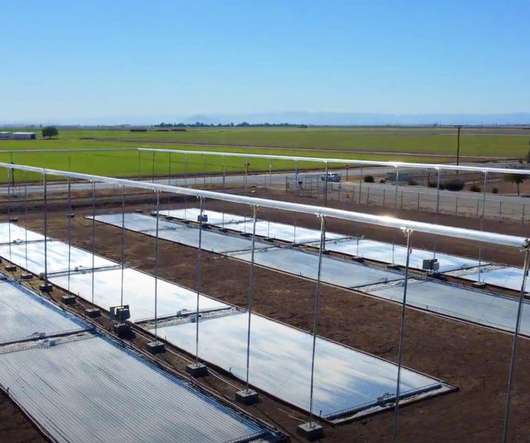U Waterloo team shows four-electron conversion for Li-O2 batteries for high energy density; inorganic molten salt electrolyte, high temperature
Green Car Congress
AUGUST 26, 2018
The new work, published in Science , shows that four-electron conversion for lithium-oxygen electrochemistry is highly reversible. The Waterloo team is the first to achieve four-electron conversion, which doubles the electron storage of lithium-oxygen, also known as lithium-air, batteries. Resources. —Linda Nazar.





















Let's personalize your content